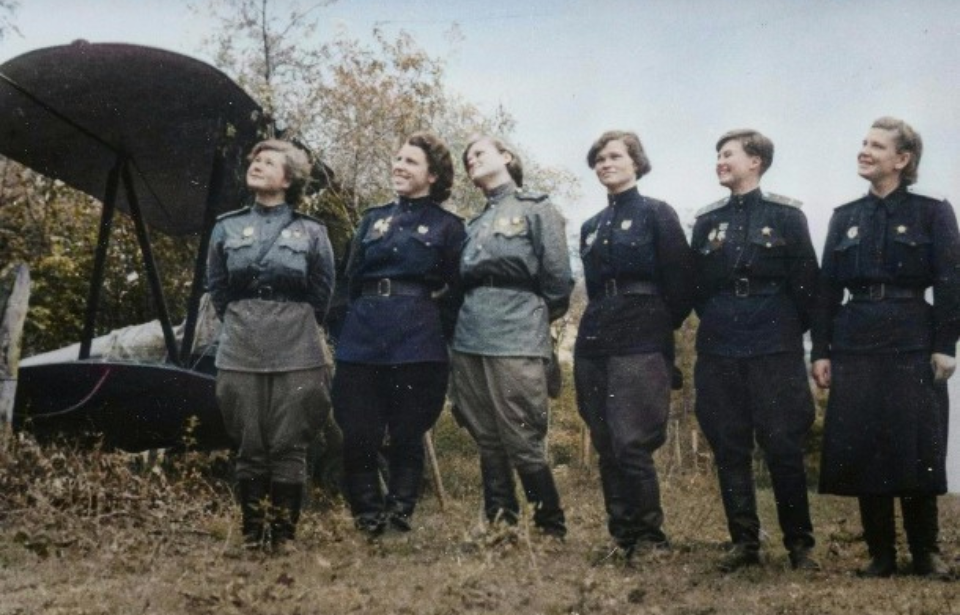One bomber regiment during the Second World War was so feared by the Germans that a soldier was immediately awarded the Iron Cross for shooting down members. The aircrews weren’t made up of burly men, but a group of Soviet women in their late teens and early 20s. Discover the incredible 46th Taman Guards Night Bomber Aviation Regiment – better known as the “Night Witches.”
588th Night Bomber Regiment
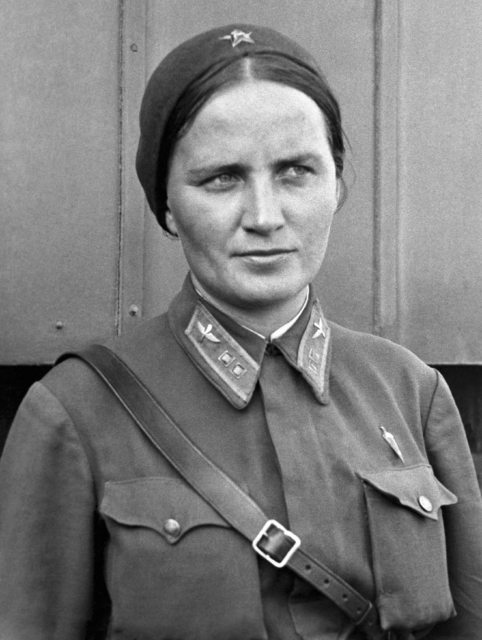
Known before February 1943 as the 588th Night Bomber Regiment, the 46th Taman Guards Night Bomber Aviation Regiment was founded by legendary Soviet pilot Marina Raskova, known across the world as the “Russian Amelia Earhart.”
At the outset of World War II, Raskova began receiving letters from women wanting to defend Russia from the air. This led her to approach Joseph Stalin about creating a regiment of female flyers, which he readily agreed to. However, his motives weren’t that pure, as he believed the group, more than anything, would be good propaganda.
Raskova was approved to recruit women for the 122nd Composite Air Group, consisting of three separate regiments: the 586th, 587th and 588th. While women at the time weren’t allowed to engage in combat, these pilots were given special permissions.
All three regiments were deployed on October 8, 1941, with the 588th earning the most recognition.
Joining the Soviet Air Force
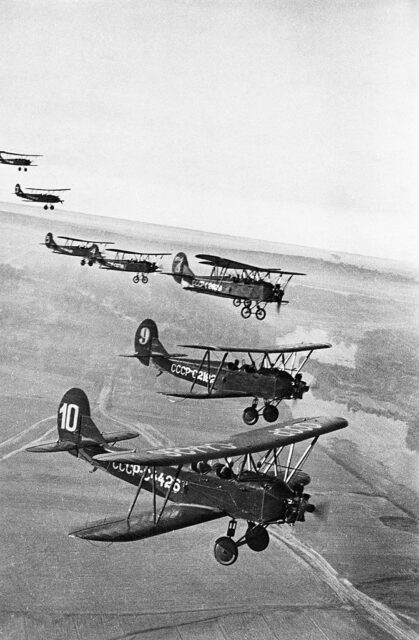
Despite being allowed to fight, these women weren’t well-received by the Soviet military. Many male pilots treated them with inferiority and little-to-no respect. They were given used uniforms and shoes that didn’t fit, and their equipment wasn’t any better. Perhaps the most unbelievable part of their story is that they were sent on bombing raids with no guns, radios, radar or parachutes, although the latter changed in 1944.
Not only were they given lousy equipment, the women were given aircraft that were less than ideal. They flew Polikarpov U-2 biplanes, which had been initially used as training aircraft and for crop dusting. In 1944, they were re-designated Po-2s.
‘Night Witches’
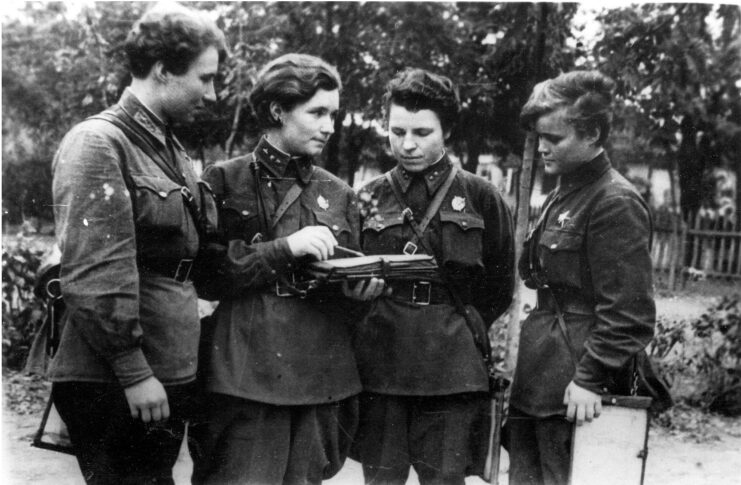
Needless to say, the U-2 wasn’t designed to be a bomber, which caused many issues. Firstly, the aircraft were extremely slow, with a maximum speed slower than the stalling speed of most German fighters, making the women easy targets. Second, they were made from canvas and wood, so they caught fire very quickly when hit by gunfire.
The main problem with the U-2 was that it could carry very few explosives; some sources say 770 pounds, while others claim the total was 2,000 pounds. As such, rather than flying a single major bombing mission, the regiment was forced to fly multiple small runs, returning to base to pick up more munitions after each raid. This also meant their airfields had to be closer to the frontlines than other bomber units.
These female pilots were sent out under cover of darkness, tasked with identifying fires or other lights that gave away the location of the enemy. If they came across German soldiers, they were merciless, earning them the nickname Nächthexen – or the “Night Witches.”
The tactics employed by the Night Witches were successful
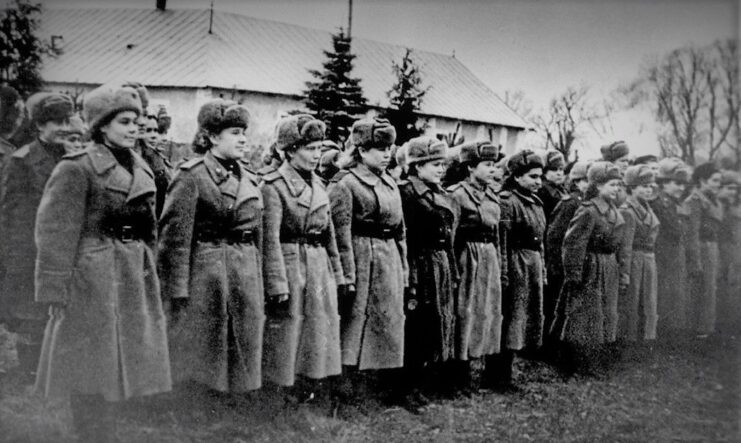
This was due to how they snuck up on their targets. When they were leading up to an attack, the pilots would idle the engine of their U-2s, so the target couldn’t hear them coming. They would then glide toward their destination, with the only discernible sound being the wind. The Germans thought this sounded like a witch’s broomstick, hence the origins of their nickname. The women were quick to embrace the term as a badge of honor, as it showed what a dangerous force they were.
Supposedly, the Germans came up with their own theories as to why the Night Witches were so good at what they did: they’d been given injections to help them see at night or they were criminals being punished in the air.
The Night Witches flew their first mission on June 28, 1942 and were demobilized on October 15, 1945. They conducted more than 23,600 sorties, dropping over 26,000 incendiaries and 3,000 tons of bombs on enemy targets.
Legendary heroes
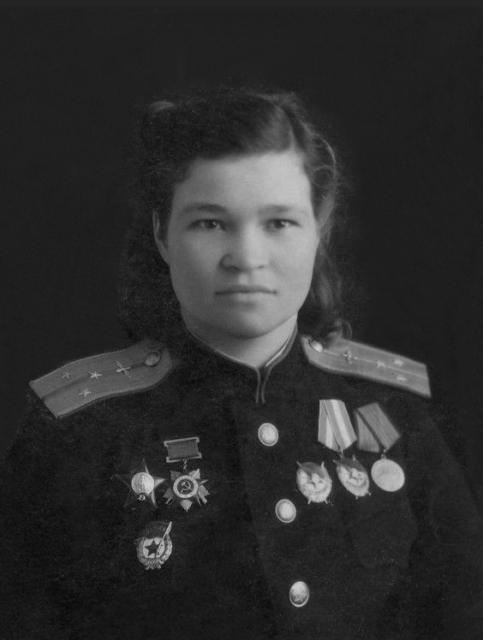
The Night Witches were credited with destroying or damaging nine railways, two stations, 17 river crossings, 12 fuel depots, 26 warehouses, 11 searchlights, 86 firing points and 176 armored vehicles. They were also involved in dropping supplies to Soviet ground troops.
Although they flew consistently throughout the Second World War, some missions were more notable than others. In 1942, they defended the city of Vladikavkaz and attacked enemy troops during the Battle of the Caucasus. The next year, they were involved in the aerial fighting over Kuban, and from 1943-44 were part of the aerial support for troops fighting on the ground during the Kerch-Eltigen Operation. Finally, at the conflict’s end, they flew as part of the East Prussian Offensive.
A total of 261 women served as Night Witches throughout World War II, with 80 pilots (40 aircraft) in action at their peak. Of this total, 32 died and 28 aircraft were lost. Out of 89 Hero of the Soviet Union awards given to women during the Second World War, between 23-30 were presented to Night Witches.
Post-war reception of the Night Witches
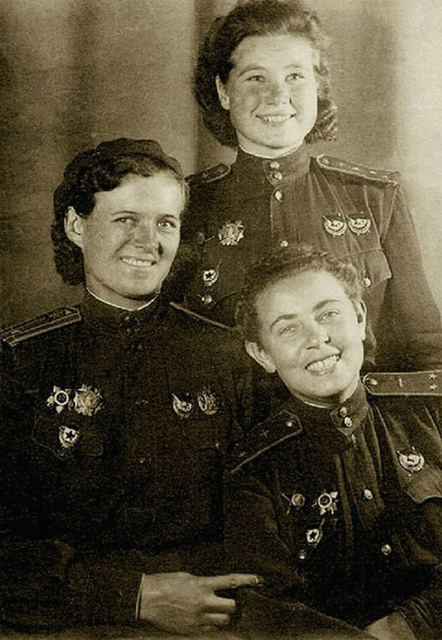
When WWII ended and celebrations began, a massive victory parade was held in Moscow, which included many units of the Soviet Air Force. The Night Witches were one of the most decorated of them all, yet weren’t allowed to fly with the men, allegedly because their aircraft were too slow.
There was also no hesitation to disband the unit, despite their prowess. The Soviet Union allowed women to fight in the war, but this equality didn’t necessarily extend to after its conclusion.
More from us: Operation Copperhead Was Almost Compromised By A Drunk Bernard Montgomery Lookalike
Want to become a trivia master? Sign up for our War History Fact of the Day newsletter!
The Night Witches were technically seen as equals in society, but many were still pressured out of a career in flying, so they could have and raise a family. One member, Irina Rakobolskaya, is reported as saying of this, “I think that during the war, when the fate of our country was being decided, the bringing in of women into aviation was justified. But in peacetime a woman can only fly for sport… otherwise how can one combine a career with a family and with maternal happiness?”
